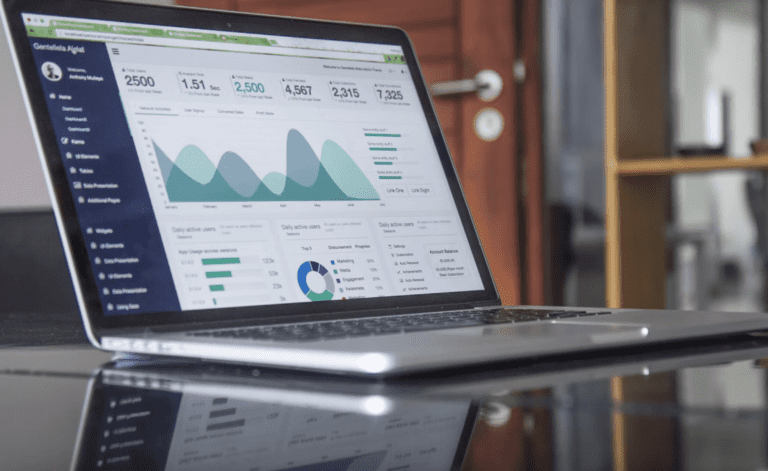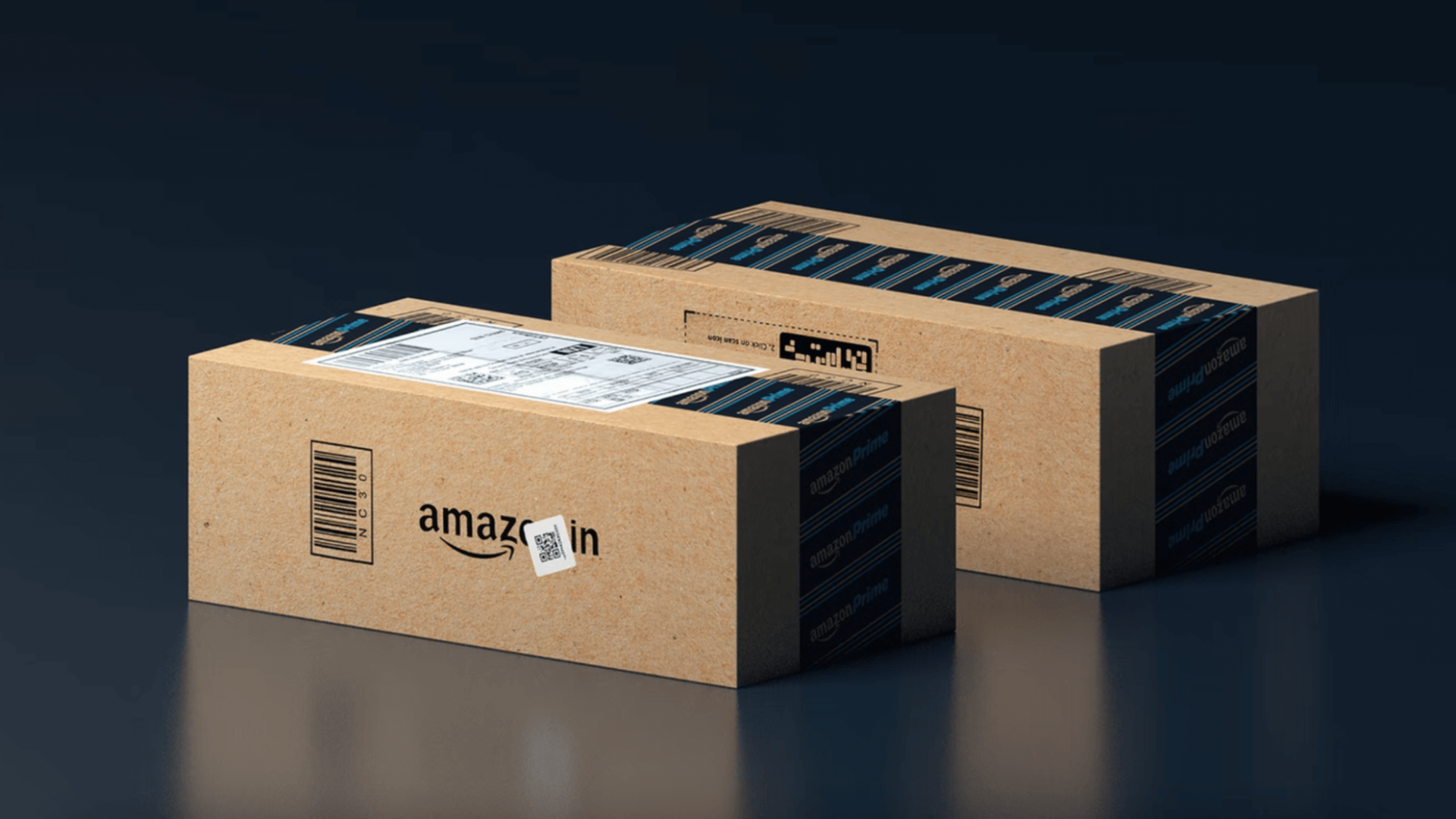Did you know Amazon is responsible for the most ecommerce sales in the US? Data reveals that the Amazon marketplace contributed to around 40% of ecommerce sales in the last year. What’s more, this number is projected to continue increase as time marches on.
Given rising competition in the e-commerce space, most sellers plan to make their way into the marketplace and benefit from its rising popularity and loyal customer base.
Selling on Amazon sounds simple. You purchase products, list them, and sell them to millions of customers using Amazon.
But not everybody succeeds in completing the final step – making consistent sales! If it were easy, everybody would be doing it. And many do try. To ensure you are successful, you must consider a few things before creating an Amazon Seller Central account.

10 Things to Know Before You Start Selling on Amazon
With over 100 million Prime customers on Amazon worldwide, you have a chance to drive sales and make impressive profits. But as with every business, there’s a secret sauce to succeed as an Amazon seller.
We know millions of sellers join Amazon every year, but not all thrive. Why? Because many join without an appropriate strategy or plan and flounder cluelessly around the site, wondering why they failed to sell their products.
So, keep the following things in mind before you set up your seller account.
1. Decide on Product Selection and a Sourcing Method
Whether you want to sell 100 products or 10, you have to finalize what they are and how you’ll source them. It’s great to have working capital to invest in numerous products, but you must pick items from a popular yet less competitive niche. It’s imperative to conduct rigorous product research and take into account an item’s BSR (ranking on Amazon), an indicator of popularity and how hot-selling an item is, and competition.
Additionally, you must decide how you will get these products. For example, will you purchase from a wholesale seller or distributor, or buy directly from a brand? Another option is investing in an Amazon FBA Automation service with a provider who does this all for you.
Plus, how long it’ll take to receive the products also counts. Considering the global supply chain early on keeps you from unwanted hassles later as well.
2. Choose a Logo Design
A logo makes your brand stand out from the crowd. Therefore, it should ideally align with your brand’s unique nature. Pay attention to what your audience likes and what logo design might intrigue them.
If you’re not into creativity, we suggest outsourcing the task to a professional logo designer – be it a company or an individual freelancer.
Make sure you do not invest too much time picking out your logo as there are more important things to take care of.. As long as you plan the visuals initially, and have a reliable graphic designer, you’re good to go.

3. Enable Fulfillment By Amazon (FBA)
Listing products on Amazon isn’t enough. You must earn the Prime badge for two good reasons. First, customers prefer buying from “Prime” brands. Second, Amazon highlights that Prime-eligible sellers experience a 50% increase in sales. They also earn the Buy Box far more frequently.
You have two options to become a Prime Seller: choose to sell utilizing the FBA model or go for Seller Fulfilled Prime (SFP). The former requires you to keep inventory in Amazon warehouses, while the latter stores your stock in third-party warehouses that comply with Amazon regulations.
Will it cost a lot to go the SFP/FBA route? Yes, it will. Therefore, you need to be financially stable before becoming an Amazon seller (more on this below).
4. Be Stable Financially
Like the expression, it takes money to make money. Yes, you may have initial costs in mind, but as you travel down the road, many expenses can surprise you along your journey, similar to any business.
Make sure you have a decent financial runaway before you begin making the sales. Besides, having 6 months to a year of savings is a plus. Being financially stable before launching your business will allow for you to scale quicker, and build your brand with more comfort.
5. Strategize a PPC Campaign Strategy
Although growing an Amazon business organically is the best, in-platform ads can be quite helpful. You can test different ads to see what attracts your customers. Because Amazon allows running PPC ads, you should take advantage of their campaign opportunities and start experimenting.
Furthermore, consider running ad campaigns on Google and social media to reach a wider audience and build your brand reputation.
6. Configure Your Marketing Funnel
Regardless of how well-designed your product is, it may not sell initially – at least not by itself. Therefore, you must go the extra mile to bring it to your target audience’s attention. Your target customers will determine your strategy here.
For instance, Instagram has the largest percentage of Millennial users. If you plan to sell cosmetics to Millennial women, you must go the route of Instagram. Of course, your fashion-related products won’t sell on a platform like Linkedin.
7. Set Up an Accounting Software
Not keeping track of expenses is one of the worst things any business owner can do. Ignoring them, for the time being, might sound convenient, but it won’t be fun when the IRS audits your costs.
So, before you run into unexpected issues, invest in accounting software to monitor your expenses – you’ll realize it’s worth it during the tax season. There are several softwares available today that cater to e-commerce sellers.

8. File an LLC or DBA
Make sure you file an LLC or DBA (doing business as) for an efficient and smooth business. A DBA typically enables you to run a business with another name. To clarify further, it doesn’t see your business as separate from you.
A Limited liability company (LLC) imposes less liability on you.
Both can be created with ease through services like LegalZoom or Incfile.
9. Don’t Forget Keyword Research
Finding top ranking products is an excellent product research step initially – however that alone doesn’t guarantee your success. You need to dive deeper and also conduct keyword research in your niche and for keywords that would accurately describe your product.
You have a chance to sell and earn more by discovering and implementing the right keywords into your Amazon product detail page. Besides, optimizing your product’s keywords time and again will help maintain a solid ranking within Amazon search results.
10. Photograph Your Products Like a Pro
It might be a hard pill to swallow, but taking a half-decent photo from your iPhone won’t sell your product. Consider investing in a quality DSLR camera or hire a professional photographer for the purpose of stunning product photography.
Closing Notes
We hope you feel motivated to start your seller journey on Amazon. But as with any business, it requires your focused time and effort.
Keep the above checklist in mind if you want to start with a boom and preserve your working capital as much as possible. It’s always best to learn from those who have built an Amazon business and have accomplished what you dream to in the future.

